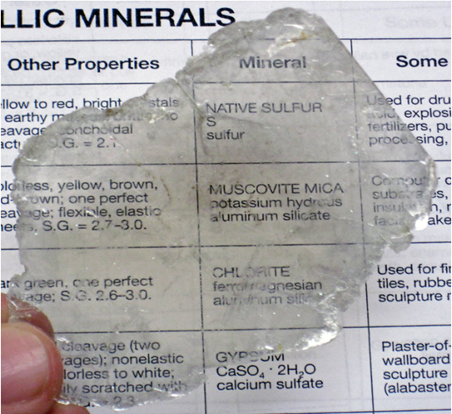Thin Mica Indicates Semiconducting Behavior
When researchers pulled sheets of single carbon atoms away from graphite to make graphene–the exfoliation technique paved the way for a wide range of two-dimensional materials with distinct electrical and physical characteristics for the next generation of electronic devices. One such material of interest has been muscovite mica (MuM).
MuM gained attention as an ultra-flat substrate for building flexible electronic devices. The electrical properties of MuM are still not clear. So far, in all the studies that probed the electrical properties of MuM, conductivity has been dominated by a quantum phenomenon called “tunneling.”
In a recent study published in the journal Physical Review Applied, researchers observed a semiconducting behavior in thin MuM flakes, characterized by an electrical conductivity that is 1000 times larger than that of thick MuM.
The researchers exfoliated thin MuM flakes of varying thickness onto silicon (SiO2/Si) substrates and, to avoid tunneling, maintained a separation of 1 µm between the contact electrodes. They noticed that the transition to a conducting state occurred gradually as the flakes were thinned to fewer layers. For MuM flakes below 20 nm, the current depended on the thickness, becoming 1000 times larger for a 10 nm thick MuM (5 layers thick) compared to 20 nm MuM.
As the thickness of MuM flakes is reduced, the energy required to move electrons from the solid bulk to the surface decreases, allowing the electrons easier passage into the “conduction band,” where they can freely move to conduct electricity. Thin exfoliated sheets of MuM have a band structure similar to that of wide bandgap semiconductors. Thin MuM flakes are an ideal material for two-dimensional electronic devices that are both flexible and durable.

